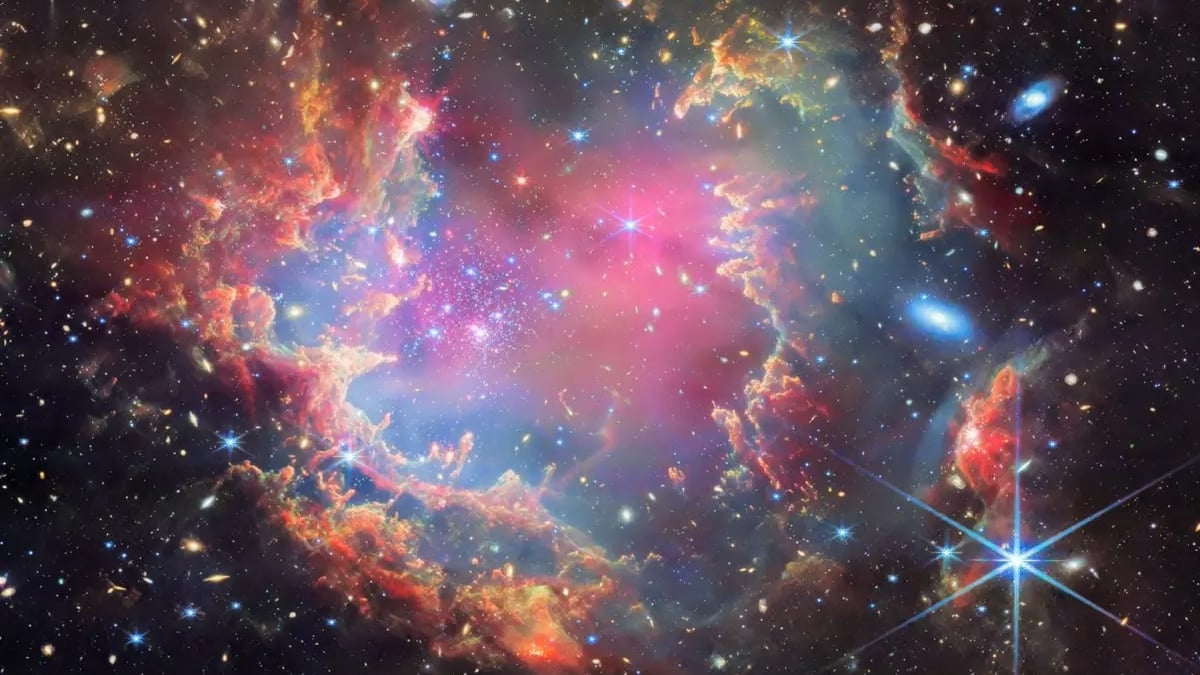For the first time, the James Webb Space Telescope (JWST) may have discovered brown dwarfs—known as "failed stars"—outside our Milky Way. This finding offers a fresh view into star formation and the early universe's conditions. Brown dwarfs are unusual. They're bigger than planets but smaller than stars. These objects form in a way similar to stars, by gathering gas and dust, yet lack the mass needed to ignite nuclear fusion. This leaves them dim, cold, and star-like in appearance, but without the light and energy of true stars. Typically, brown dwarfs weigh between 13 and 75 times the mass of Jupiter, making them larger than most planets but less powerful than stars.
A Closer Look at NGC 602
Using its Near Infrared Camera, JWST focused on a young star cluster, NGC 602, located in the Small Magellanic Cloud (SMC)—one of our galaxy's closest neighbours. Within this star cluster, researchers have identified about 64 objects that may qualify as brown dwarfs. Each has a mass between 50 and 84 times that of Jupiter. This places brown dwarfs within a star cluster beyond our Milky Way for the first time. It creates a significant breakthrough for astronomers.
Why This Discovery Matters
This cluster, NGC 602, has a composition similar to the early universe. It contains fewer elements heavier than hydrogen and helium, reflecting conditions before later stars enriched the cosmos with heavier elements. Studying these metal-poor brown dwarfs could reveal why certain stars fail to ignite, adding another layer to our understanding of cosmic evolution. This discovery could also explain why brown dwarfs are so common in the galaxy, potentially outnumbering stars themselves.
Unlocking the Secrets of Star Formation
NGC 602 provides a unique chance to explore stellar formation under conditions similar to the universe's early days. This breakthrough could bring us closer to understanding how stars and planets took shape in the harsh, early universe.
































